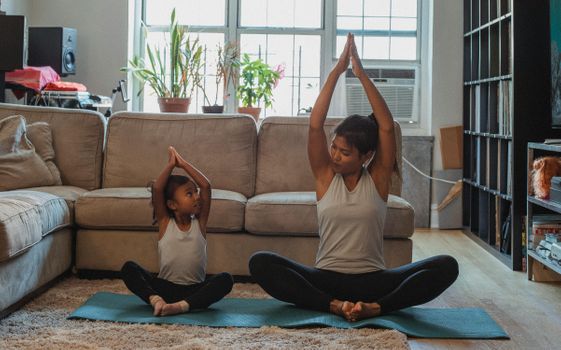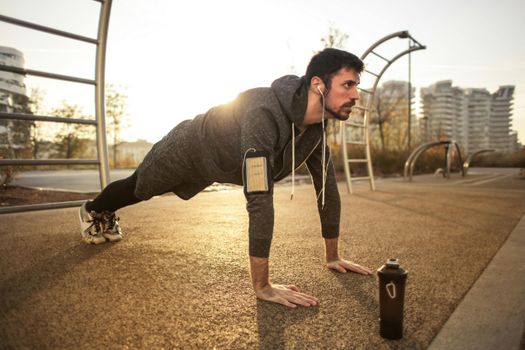Movement is more than just physical exercise, it’s essential nourishment for the brain. Every step, stretch, and spinal twist doesn’t just help your muscles and joints; it also sends vital signals to your nervous system, keeping your brain sharp and your body responsive.
Whether you’re working through pain, recovering from an injury, or simply looking to age well, understanding the brain-body connection can make all the difference in how you move and feel. Here’s why movement is medicine, and how you can use it to support long-term wellness.







